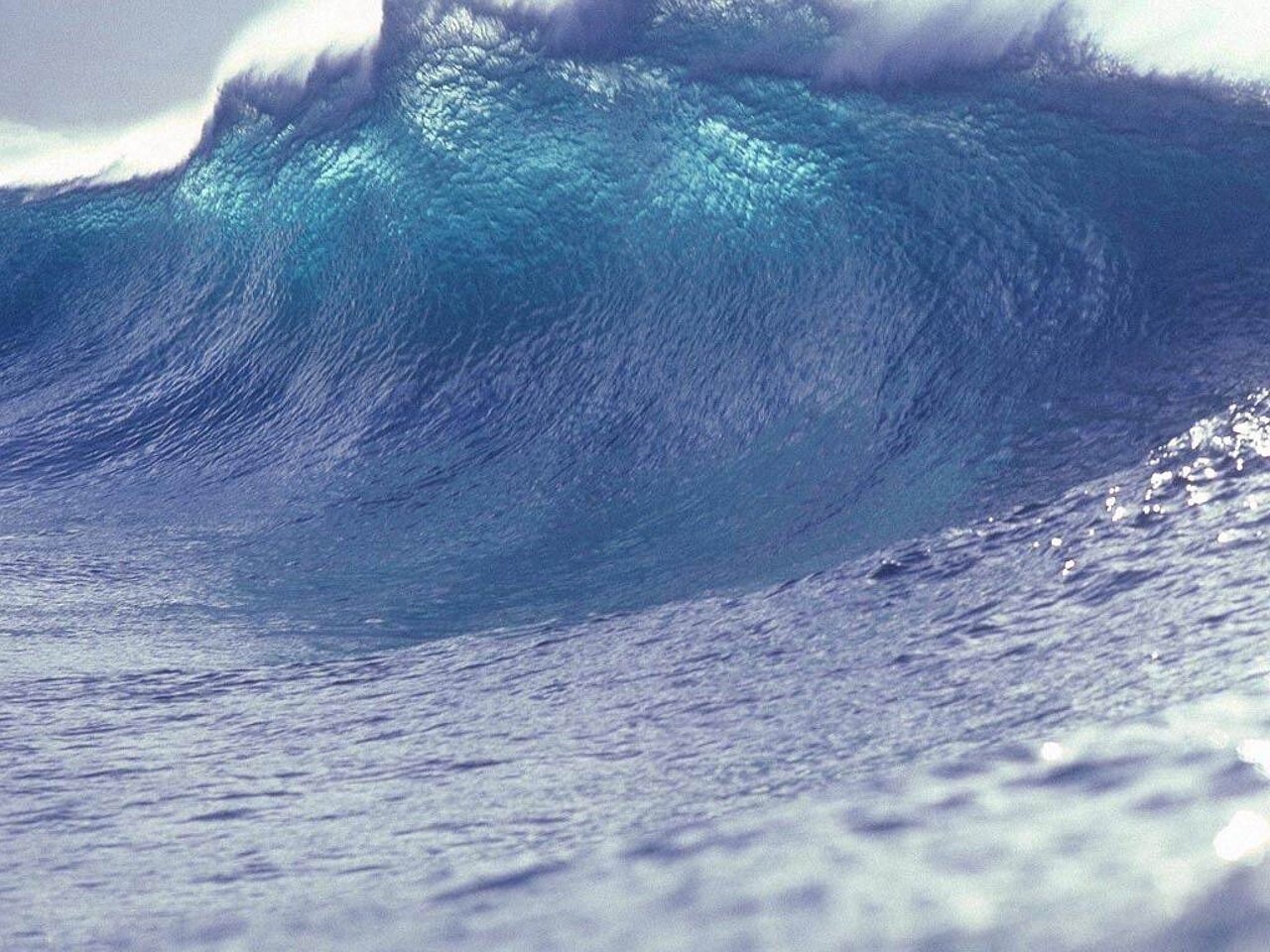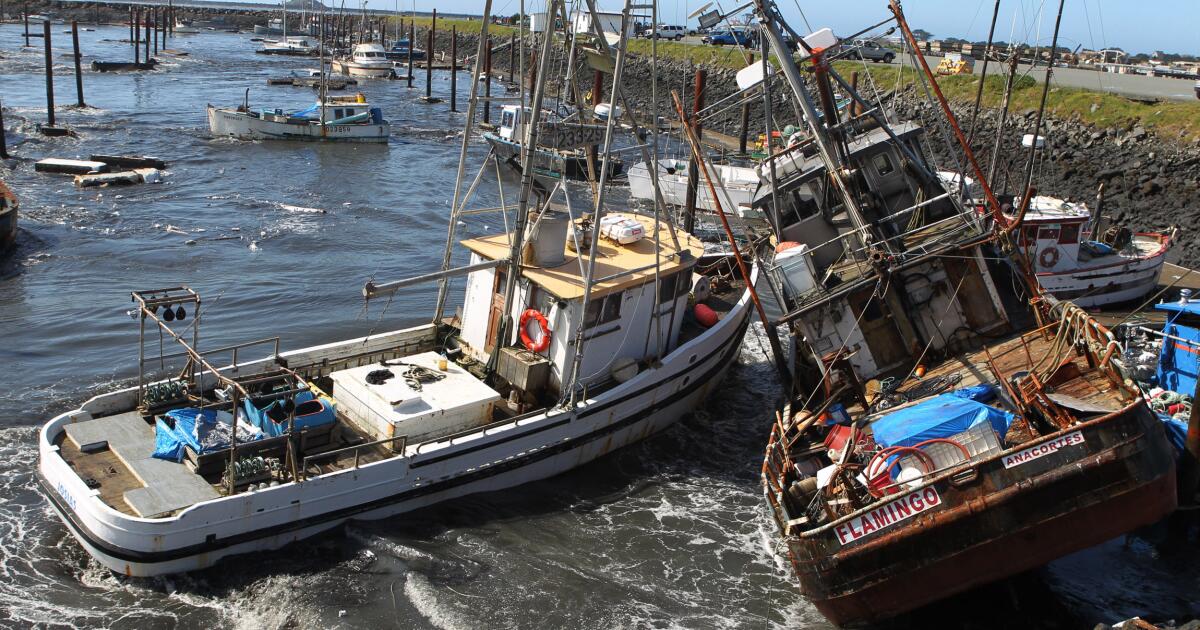Understanding California's Tsunami Threat: Potential Impact And Preparedness

Welcome to your ultimate source for breaking news, trending updates, and in-depth stories from around the world. Whether it's politics, technology, entertainment, sports, or lifestyle, we bring you real-time updates that keep you informed and ahead of the curve.
Our team works tirelessly to ensure you never miss a moment. From the latest developments in global events to the most talked-about topics on social media, our news platform is designed to deliver accurate and timely information, all in one place.
Stay in the know and join thousands of readers who trust us for reliable, up-to-date content. Explore our expertly curated articles and dive deeper into the stories that matter to you. Visit Best Website now and be part of the conversation. Don't miss out on the headlines that shape our world!
Table of Contents
Understanding California's Tsunami Threat: Potential Impact and Preparedness
California, known for its stunning coastline and vibrant cities, faces a less glamorous reality: a significant tsunami threat. While the image of a massive wave crashing onto the shores might be dramatic, understanding the potential impact and preparedness strategies is crucial for residents and visitors alike. This article delves into the realities of California's tsunami risk, exploring potential scenarios, vulnerable areas, and crucial steps for ensuring safety.
What Causes Tsunamis in California?
Tsunamis, unlike typical waves generated by wind, are primarily caused by underwater disturbances. For California, the most significant threats stem from:
-
Subduction Zone Earthquakes: The Cascadia Subduction Zone (CSZ), located off the coast of the Pacific Northwest, poses the greatest risk. A massive earthquake along this fault line could generate a devastating tsunami impacting the entire West Coast, including California. Learn more about the CSZ and its potential impact on .
-
Earthquakes Closer to Shore: While less frequent, earthquakes closer to the California coast can also generate localized tsunamis. These events, though potentially smaller in scale than those from the CSZ, can still cause significant damage to coastal communities.
-
Distant Tsunamis: Tsunamis generated by earthquakes in other parts of the Pacific Ocean can also reach California's shores, though the impact is usually lessened by the distance traveled.
Potential Impact on California's Coastline:
The impact of a tsunami on California varies greatly depending on the source, magnitude, and proximity to the earthquake. However, potential consequences include:
- Coastal Flooding: Inundation of low-lying coastal areas, damaging infrastructure, homes, and businesses.
- Erosion and Debris: Powerful currents carrying debris can severely damage buildings and infrastructure.
- Loss of Life: The most tragic consequence, resulting from drowning, injuries, and being swept away by strong currents.
- Economic Disruption: Damage to ports, tourism, and fisheries can lead to significant economic losses.
Identifying Vulnerable Areas:
Several areas in California are particularly vulnerable to tsunami inundation. These include, but are not limited to:
- Northern California Coast: Areas near Eureka and Crescent City are particularly at risk due to their proximity to the Cascadia Subduction Zone.
- Southern California Coast: While the risk is lower than in Northern California, areas with low-lying coastlines and limited natural barriers remain vulnerable. Cities like Los Angeles and San Diego have specific coastal areas that require careful planning.
Preparedness is Key: Steps to Take
Preparing for a tsunami is vital for mitigating its impact. Here's what you can do:
- Develop an Evacuation Plan: Identify evacuation routes and designated assembly points. Familiarize yourself with local tsunami warning systems.
- Create an Emergency Kit: Include essential supplies such as water, food, first-aid kit, flashlight, radio, and important documents.
- Understand Tsunami Warning Signs: Learn to recognize the warning signs, including an earthquake, unusual ocean behavior (rapid receding of water), and official warnings.
- Elevate Valuable Possessions: If you live in a high-risk area, consider elevating valuable possessions to protect them from flooding.
- Participate in Drills: Regular participation in community tsunami drills enhances preparedness and response capabilities.
Conclusion:
California's tsunami threat is a real and significant concern. By understanding the potential risks, identifying vulnerable areas, and actively preparing, residents and visitors can significantly reduce the impact of a future event. Staying informed through official sources, such as the National Weather Service and the California Geological Survey, is crucial for ensuring safety and minimizing potential damage. Don't wait for a warning; prepare today. Your safety and the safety of your community depend on it.

Thank you for visiting our website, your trusted source for the latest updates and in-depth coverage on Understanding California's Tsunami Threat: Potential Impact And Preparedness. We're committed to keeping you informed with timely and accurate information to meet your curiosity and needs.
If you have any questions, suggestions, or feedback, we'd love to hear from you. Your insights are valuable to us and help us improve to serve you better. Feel free to reach out through our contact page.
Don't forget to bookmark our website and check back regularly for the latest headlines and trending topics. See you next time, and thank you for being part of our growing community!
Featured Posts
-
 Pg And Es Family Electric Rate Assistance Program Increased Benefits For Customers
Jun 10, 2025
Pg And Es Family Electric Rate Assistance Program Increased Benefits For Customers
Jun 10, 2025 -
 Intels Strategy Under Pat Gelsinger A Path Back To The Top
Jun 10, 2025
Intels Strategy Under Pat Gelsinger A Path Back To The Top
Jun 10, 2025 -
 Ocean Future At Risk Leaders Begin Crucial Negotiations
Jun 10, 2025
Ocean Future At Risk Leaders Begin Crucial Negotiations
Jun 10, 2025 -
 California Earthquake Triggers Tsunami Warning Evacuations Underway
Jun 10, 2025
California Earthquake Triggers Tsunami Warning Evacuations Underway
Jun 10, 2025 -
 Wyatt Russell On Avengers Doomsday A Completely Different John Walker Awaits
Jun 10, 2025
Wyatt Russell On Avengers Doomsday A Completely Different John Walker Awaits
Jun 10, 2025
